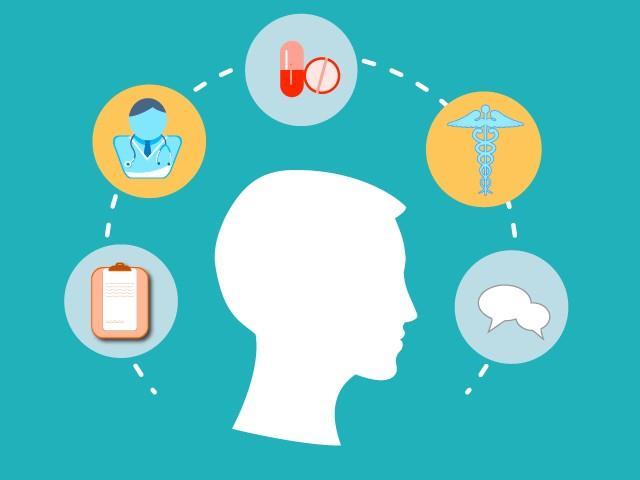Epidemics vs. Pandemics Why does it matter?
Terms to Know
The spread of infectious disease starts where the disease is endemic. Then through outbreaks, it turns into an epidemic, which can turn into a pandemic if not controlled. All of this is a way to describe how a disease is spreading. It is not an indication of the severity or death rate. Countries, or states, with different views present the risk of spreading diseases more than necessary and can lead to confusion and poor health outcomes for individuals in affected areas.
Endemic: a disease present in a specific area Outbreak: greater presence of disease than expected Epidemic: disease that affects many people in an area/region Pandemic: disease over multiple countries/continents World Health Organization (WHO): This is an international organization that provides guidance and resources to countries to improve public health.
How Organizations Differentiate Epidemic and Pandemics United States
World Health Organization
The Center for Disease Control didn’t list any specific metrics for an epidemic or pandemic. They refer to a pandemic as an epidemic that is present in multiple countries or continents. They note that epidemics occur due to novelty, mutation, or a new mode of transmission of a disease. The CDC does affirm that epidemics and pandemics are solely a way to describe how a disease spreads.
The WHO also doesn’t have definite metrics that make an epidemic turn in to a pandemic. They take a broad approach like the CDC, but they do outline the 6 phases seen above. There is also a post-peak/pandemic phase in which the disease infection rate is dwindling. I find it interesting that technically only three countries have to be infected and transmitting the disease for it to be considered a pandemic.
Canada Health Canada had similar definitions to the CDC and WHO, but they went into much more detail about pandemics. They primarily listed characteristics about recent flu pandemics and how they generally are more deadly and last for 1-2 years. These claims are much different from everything else I’ve read, as the CDC and WHO do not touch on the severity or length of disease transmission in their epidemic and pandemic definitions.
WHO Pandemic Phases: Phase 1: No Disease → Phase 2: Disease in Animals → Phase 3: Isolated Animal-Human transmission → Phase 4: Human-Human transmission, with outbreak potential → Phase 5: Outbreaks in 2 countries in a WHO Region → Phase 6: Same as Phase 5 and one additional country in a different WHO region
Personal Opinion: Cultures have ingrained ways of viewing disease and how they should be treated, mitigated, and managed. I think in the end, travelers and citizens need to take responsibility for their own health. Understanding the local customs of the places you live or are visiting can provide the most applicable information for personal decisions. One government agency might think a disease is a concern, while others may not give it thought. It comes down to the individual to evaluate their risks and understand how they can stop the spread of infectious diseases. ~ J. Kirchgassner
WHO Regions https://en.wikipedia.org/wiki/File:World_Health_Organisation_regio nal_offices.svg
References: Canadian Pandemic Influenza Preparedness: Planning Guidance for the Health Sector. Canada.ca. https://www.canada.ca/en/public-health/services/flu-influenza/canadian-pandemicinfluenza-preparedness-planning-guidance-health-sector/table-of-contents.html#a2a2. Published August 2018. Accessed March 28, 2021 Principles of Epidemiology in Public Health Practice. Lesson 1: Introduction to Epidemiology. Section 11 Epidemic Disease Occurrence. cdc.gov. https://www.cdc.gov/csels/dsepd/ss1978/lesson1/section11.html#:~:text=Pandemic%20refers%20to%20an%20epidemic,source%20to%20the%20susceptible%20hosts. May 18,2012. Accessed March 28,2021. The Who Pandemic Phases. Pandemic Influenza Preparedness and Response: A WHO Guidance Document. Geneva World Health Organization;2009. https://www.ncbi.nlm.nih.gov/books/NBK143061/ Accessed March 28, 2021
































